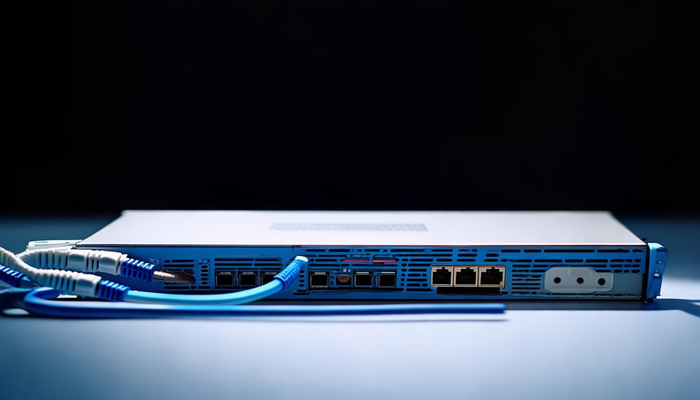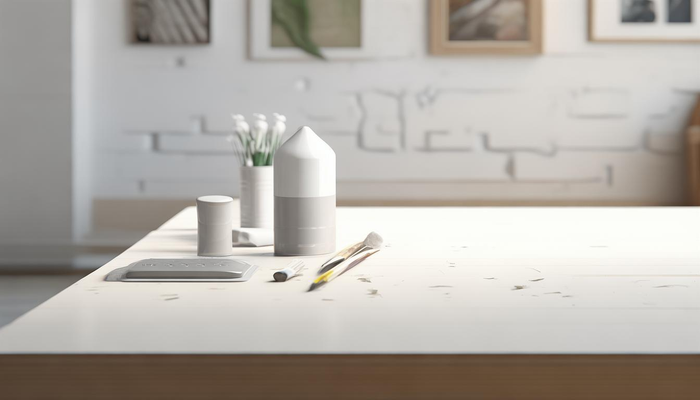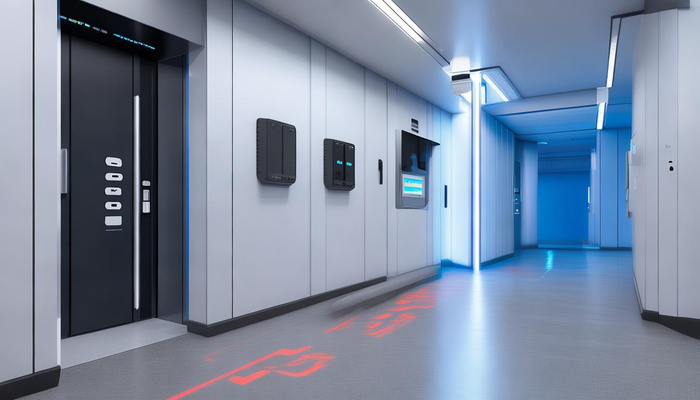Wenn wir über Tools diskutieren – jene Geräte, die uns helfen können, wie schnell und reibungslos verschiedene Software und Hardware ausgeführt werden – sollten wir in unseren Köpfen denken, wofür diese Tools verwendet werden? Kann es uns wirklich helfen, die tatsächlichen großen Probleme zu lösen, die festsitzen und langsam zu bedienen sind? Schließlich möchte niemand die Babysoftware in ihren Computern verwenden, um frustriert zu sein. Die Website steckt für eine lange Zeit ohne Antwort fest.
Wie der Name schon sagt, werden Tools, die einfach ausgegeben werden, Tools, die speziell zur Bewertung, Aufzeichnung und sorgfältiger Vergleich der Leistung verschiedener Systeme, Komponenten oder Anwendungen verwendet werden. Genau wie der Timer und das Rekordbuch in den Händen eines Sportlehrers können wir messen, wie viel Zeit es braucht, um 800 Meter zu laufen und wie hoch es springt. Es ist nur so, dass es nicht die Stärke unserer menschlichen Muskeln misst, aber wie wäre es mit den kalten und harten Maschinen und Ausrüstung oder den unsichtbaren und immateriellen Softwareprogrammen – wie schnell oder nicht?
Im täglichen Gebrauch gibt es mehrere wichtige Kategorien gemeinsamer Werkzeuge. Sie haben jeweils ihre eigenen Spezialitäten, um sich mit unterschiedlichen Problemen zur Leistungserkennung zu befassen:
1. Experte für umfassende Leistungstests : Zum Beispiel ist die berühmte Software wie ein Allgemeinmediziner, der alles für Sie überprüfen kann. Von der kleinen Angelegenheit des Öffnens von Webseiten bis hin zu diesen Blockbuster -Videodateien, die den Computer herausquadeln können, können Sie einen klaren und detaillierten Bericht darüber geben, wie viele Punkte die Gesamtleistung des gesamten Computers erhalten.
2. Special CPU Performance Challenger : Wie dieser ist es wie der Sprinter, der speziell bei den Olympischen Olympischen Spielen sprintet, die 100 Meter sind. Es ist dem extremen Test des Prozessors gewidmet, dh der Rechenleistung der CPU, um festzustellen, ob es dem Druck standhalten kann, wenn es komplexe Grafik -Rendering- und Rechenaufgaben behandelt. Und dieser Typ ist noch hartnäckiger, und er konkurriert mit Pi π, und es dauert einige Sekunden, bis er nach dem Dezimalpunkt der CPU Hunderttausende von Ziffern berechnet hat. Je schneller es ist, desto mehr kann es die CPU spielen!
3 .. Es ist auf die Messung der spezifischen Leistung von Grafikkarten spezialisiert – dh die GPU in 3A -Spiel -Meisterwerken, die gleichzeitig den Grafikspeicher füllen und eine super hohe Renderngenauigkeit aufweisen können.
4.. Speichergeschwindigkeits -Explorer : Diese Art von Tool kann als Prüfer bezeichnet werden, vor der die Festplattenfreunde am meisten Angst haben und sich treffen müssen. Es kann alle Geheimnisse darüber enthüllen, wie schnell Sie große Dateien und kleine Dateien in der Festplatte lesen und schreiben, und wie Sie reagieren, damit Sie nicht mehr erraten müssen, ob die SSD Ihres Laptops schneller oder langsamer ist als andere.
Wenn wir es eilig haben und nicht wissen, wie man Tools auswählt, die unseren Anforderungen entsprechen, können wir über die hier aufgeführten wichtigsten Richtlinien nachdenken: Bevor Sie das Tool verwenden, überprüfen Sie sorgfältig, ob Ihr Gerät die minimale Konfiguration dieser Software unterstützt. Andernfalls ist es nutzlos, wenn es heruntergeladen wird und nicht geöffnet werden kann. Werden die Daten vom Tool selbst gemessen wie die Standardantwort im Lehrbuch? Oder wird es gemessen, dass die Ergebnisse jedes Mal unterschiedlich sind und der Schwankungsgegner unregelmäßig ist? Das Wichtigste ist, ob es schwierig zu bedienen ist, ist es eine professionelle Ebene, die Sie auf den ersten Blick verwirrt, oder ist es für Anfänger, die noch nie Computer gelernt haben, es so zu tun, wie Puzzlespiele auf ihren Mobiltelefonen zu spielen? Vergleichen Sie es einfach mit der Bande, genau wie ein automatisierter Roboterkoch können Sie den vollständigen Testprozess automatisch von Anfang bis Ende mit einem Klick auf die Maus ausführen, was besonders besorgnisfrei ist. Während das Testprojekt relativ einfach ist, ist die Punktzahl, die es gibt, sehr intuitiv, genau wie viele Punkte, die Sie in der Prüfung erhalten, die Sie auf einen Blick sehen können, ob die CPU leistungsfähig ist oder nicht. Wenn Sie jedoch testen möchten, ob der Server einen hohen gleichzeitigen Zugriff festhalten kann, müssen Sie möglicherweise ein professionelles Tool wie dieses auswählen, das speziell für Stresstests verwendet wird. Es kann Hunderte von Personen gleichzeitig simulieren, die eine Website besuchen und sehen, wie lange die Website "müde" und streiken wird.
Sprechen wir über einige kleine Verwirrungen, denen Sie bei der Verwendung dieser Tools begegnen können:
Frage: Warum benutze ich die gleichen Tools zweimal, um die CPU -Ergebnisse mehrere zehn verschiedene verschiedene zu messen? Stimmt etwas mit meinem Computer nicht?
Antwort: Eigentlich besteht nicht erforderlich, zu viel in Panik zu geraten. Der Grund liegt hauptsächlich im Hintergrundprogramm. Denken Sie darüber nach, war es eine gute Sache, als der E-Disk-Ordner während des ersten Tests geöffnet wurde und der Hintergrund immer noch lautlos war und die Anti-Virus-Software wild arbeitete ~ diese werden heimlich die CPU-Ressourcen auffressen. Wenn Sie erneut testen, müssen Sie alle unordentlichen Programme ausschalten.
Ich persönlich denke, dass keines der Tools, die Sie kaufen, für alle Szenarien geeignet ist. Das Wichtigste ist, warum Sie es verwenden möchten? Finden Sie, dass der Computer in letzter Zeit zu langsam geworden ist oder was, oder sind Sie nur neugierig, welche Leistung geringer ist als die Ihres Computers oder Produkts? Wenn Sie sich nur ansehen, ob Ihr Computer beim Tippen und Surfen des Internets jeden Tag einfach zu bedienen ist, reicht dies aus. Wenn Sie jedoch ein spezialisiertes Werkzeug für Hardware sind, müssen Sie alle diese professionellen Tools anordnen, mit denen die Hardware -Leistungsgrenze herausgegriffen werden kann, und niemand kann fehlen! Solange Sie das richtige Werkzeug wählen, ist Ihre Geräteleistung kein unbekanntes Geheimnis mehr. Lassen Sie Ihr System so schnell laufen, wie Sie es gerade gekauft haben, und verabschieden Sie sich vom Stottern!




